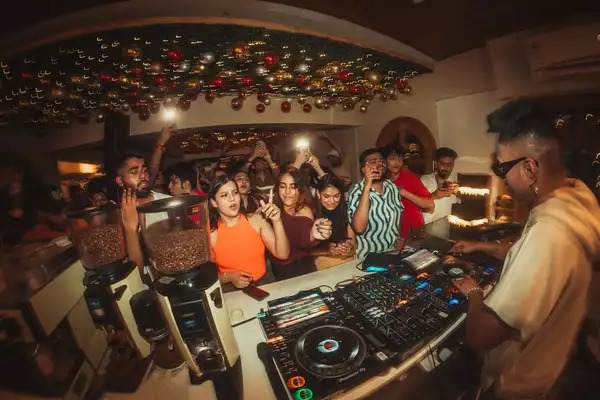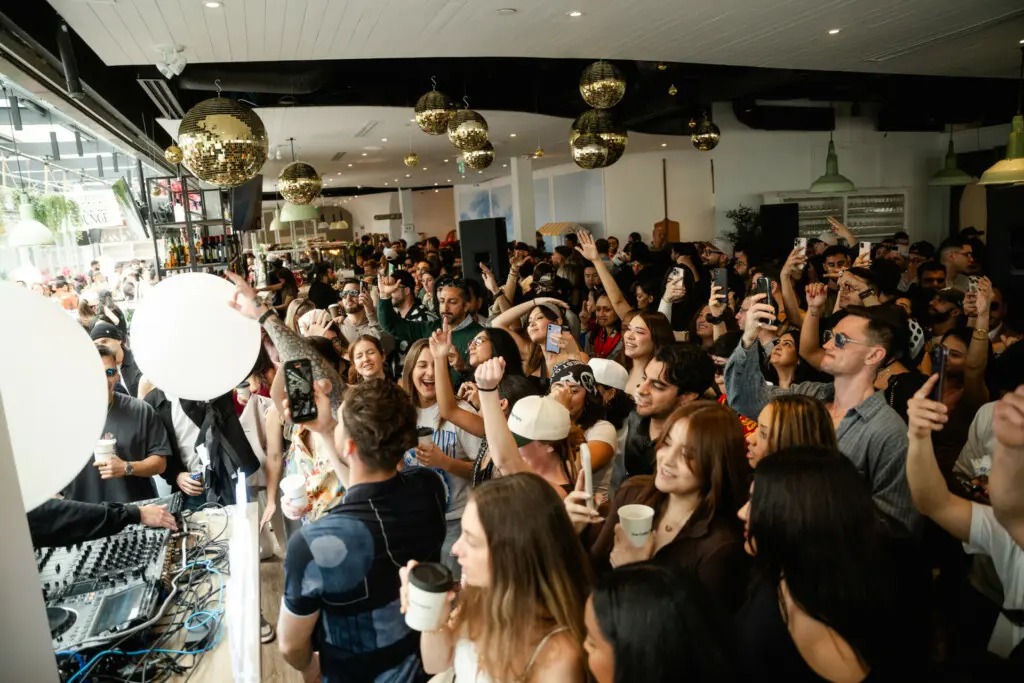From Brooklyn to Bandra, Gen Z is ditching the club scene for something far more intentional: daytime dance parties in cafés, fuelled by caffeine and community.
The coffee-rave is here—and it’s more than just a trend. It’s a cultural movement.
These events aren’t just a quirky fad—they’re a generational statement. And Gen Z is leading the way.
You could be taken aback if you go into a café on a Sunday morning in Hyderabad or Mumbai. No laptops. No drowsy brunch attendees. Instead: a crowded group of twentysomethings dancing to Afro-house while sipping cold beers and avoiding all booze.


Welcome to coffee-raves, a Gen Z-led movement that is reinventing social energy, community, and nightlife. On the surface, it can appear to be a peculiar cultural change, but behind the rhythms lies a commercial innovation plan.
Brands have been pursuing “immersive experiences” for years. However, Gen Z seeks common culture, values, and significance rather than merely picturesque moments. Coffee-raves fulfill all three requirements:
- Prioritizing wellness (no alcohol, daytime activities)
- Close and nearby
- Designed to connect rather than consume
This is your new sandbox if you own a café, lifestyle business, or even a co-working space.
In the past, we had:
First space: Home
Second: Employment
Third: parks, cafes, and clubs
Coffee raves combine mindfulness, exercise, music, and social interaction to create a fourth place. It’s health without the preachiness and partying without the club.
Aligning with these areas allows entrepreneurs of D2C wellness companies, hospitality platforms, or community platforms to generate additional revenue and significance.

Social nightlife now overlaps with the global expansion of sober-curious culture (mocktails, non-alcoholic spirits, adaptogenic beverages). Cafés are expanding their hours of operation. Before midday, DJs schedule their gigs. Beyond wellness expos, independent beverage businesses have a new market.
This is a demographic shift rather than a specialty.
Additionally, Gen Z, the most health-conscious generation to date, is spending wisely yet devotedly.
Collectives, not businesses, are responsible for creating these events. To create environments that feel personal, DJs, cafés, mental health activists, secondhand stores, and even tattoo artists work together.
Long-term trust and word-of-mouth will be considerably more powerful for brands that foster or promote these microcultures than performance ads ever could.
Coffee raves aren’t only the newest party style in Gen Z. They provide as a window into the deliberate, inclusive, and caffeine-fueled socializing, brand-building, and wellness trends of the next decade.
Early adopters of this change will be doing more than just providing coffee.
Culture will be served by them.
Written By:
Kesar Khatri

